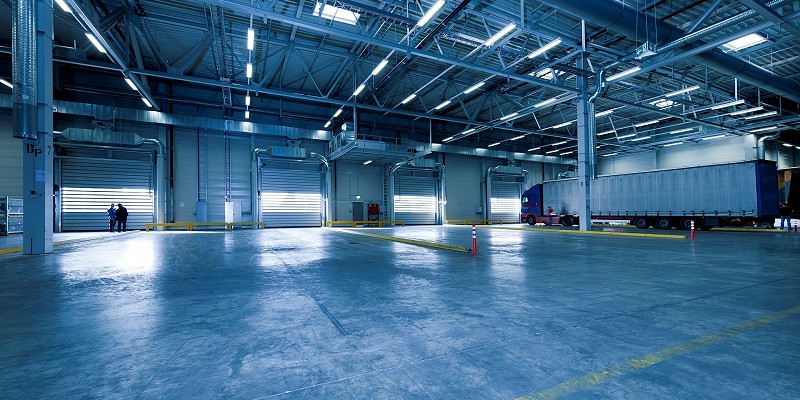LEDs: The Bright Future of Efficient Lighting

The Background of LEDs
The phasing out of traditional incandescent lightbulbs began in 2009. Light-Emitting Diode (LED) lighting is now mainstream with a huge variety of alternatives. However, many offices, public spaces and buildings still use traditional forms of lighting and huge cost and energy savings can be achieved by upgrading. Traditional forms of lighting include; incandescent, fluorescent and halogen lighting which are all inefficient as they generate excess heat to provide useful light.
80% or more of a traditional incandescent bulb is wasted energy, meaning that a 100-watt bulb generates approximately 80 watts of wasted heat energy. A 25 watt LED bulb will generate less than 5 watts of waste heat and is therefore more efficient, with both bulbs providing a similar light.
However, there are even more efficient LEDs on the market with ever-improving ratios of power use to output. Therefore, lighting products are best compared using a unit of measurement known as ‘lumens’ (Lm). Lumens state the level of brightness of a light bulb more reliably that watts, this is an important factor when selecting lighting for working environments or relaxation areas, as overly bright lighting can cause eye fatigue.
The Smart Choice
A distinct advantage of LED lighting is the instant light that they provide. Energy efficient light bulbs used to have to ‘warm up’ and fluorescent lighting is traditionally installed in banks which come on in series and flicker during start up, LED lighting is instant.
LEDs can easily replace halogen spotlights, outdoor security lights and recent developments have resulted in many attractive alternatives for office louvres. Office louvres are the square, grid-like, ceiling lights in offices. LED versions are slim line units with diffusers to ensure an even spread of light in offices. Action Renewables recently replaced all the louvre lighting in one of its offices with LEDs with a second office scheduled to follow.
A primary reason for upgrading to LED lights is the associated cost saving. It is therefore worth considering how much of your energy bill is associated with lighting your premises. For example, if 20% is spent on lighting, then that portion of energy can be reduced significantly without compromising lighting quality or behavioural change, though all energy should be used wisely. Proximity sensors or time clocks can easily be installed to ensure that, where appropriate, lighting is only used when certain areas are occupied.
It should also be considered that some occasional use areas may not require upgrading. A business which Action Renewables visited was quoted by a lighting specialist to replace every lighting unit in the building with LEDs. Upon investigation, it was found that approximately one quarter of the lighting was in areas including a fire escape stairwell, server room and a spacious storage area, which were rarely accessed. These areas therefore only required proximity sensors and meant the business was not spending money upgrading areas that would not provide a useful saving.
Action Renewables can conduct practical independent energy audits for your business to assess your needs and recommend solutions. For further information, get in touch with our team today.



